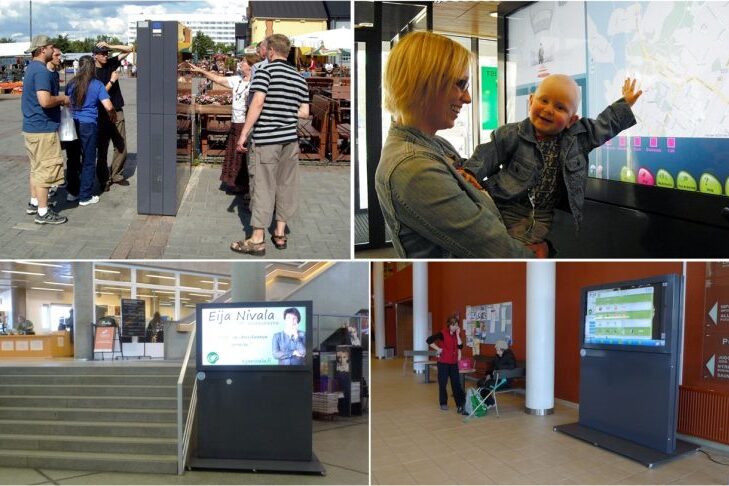Blog title
News
- Articles from Policy & Internet
- Books
- Call for Papers
- Child Safety
- Collective Action
- Conferences
- Democracy
- Development
- Economics
- Education
- Environment
- Ethics
- Governance & Security
- Health
- Interviews
- Mapping
- Methods
- Policy
- Politics & Government
- Publications
- Social Data Science
- Submissions Closed
- Tools
- Video
- Wellbeing
-

Assessing the Ethics and Politics of Policing the Internet for Extremist Material
Exploring the complexities of policing the web for extremist material, and its implications for security,…
-

New Voluntary Code: Guidance for Sharing Data Between Organisations
For data sharing between organisations to be straight forward, there needs to a common understanding…
-

Controlling the crowd? Government and citizen interaction on emergency-response platforms
Government involvement in crowdsourcing efforts can actually be used to control and regulate volunteers from…
-

Does crowdsourcing citizen initiatives affect attitudes towards democracy?
Exploring how involvement in the citizen initiatives affects attitudes towards democracy
-

Do Finland’s digitally crowdsourced laws show a way to resolve democracy’s “legitimacy crisis”?
Discussing the digitally crowdsourced law for same-sex marriage that was passed in Finland and analysing…






